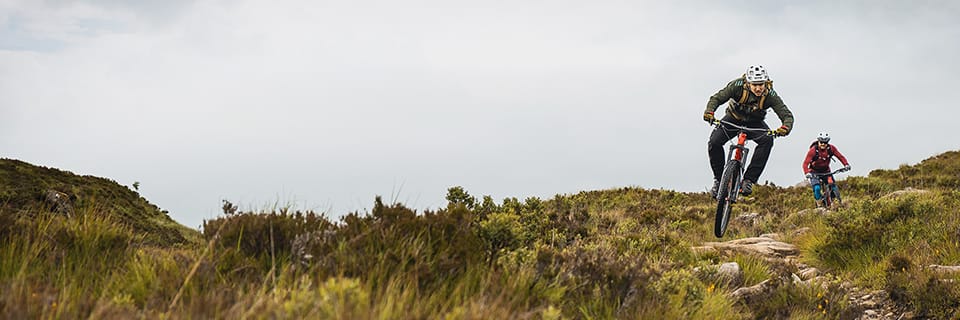Your bike's tires are its only points of contact with the ground. Setting the right pressure is therefore an essential issue, especially for off-road use (mountain biking, gravel), as tire behavior directly influences that of the bike. Between comfort, performance and handling, it's important to adjust the pressure to find the best balance on the ground, according to your expectations and your riding style.
Probikeshop can advise you on inflate your bike tires to the right pressureProbikeshop advises you on how to inflate your bicycle tires to the right pressure, specifying the specific requirements of the main cycling disciplines (MTB, Gravel, Road, Urban/TCV).
What pressure should I use for my mountain bike tires?
On a muscular or electric mountain bike, adjusting tire pressure is a fundamental issue. Properly inflated MTB tires offer the best compromise between comfort, traction and grip. On the other hand, poorly inflated mountain bike tires significantly reduce control and performance, however good the bike may be.
Setting mountain bike tire pressure: all the criteria to consider
- Rider weight ;
- Terrain (dry, rolling, rocky, muddy...) ;
- type of mounting (tubetype or tubeless);
- Rim and tire profile (rim width, tire width, aggressive studs, reinforced carcass);
- Type of mountain bike (muscle or electric);
- Rider level (aggressive or leisure).
Setting mountain bike tire pressure: ideas to remember
- Always follow the manufacturer's recommendations on minimum/maximum tire pressure;
- The greater the rider's weight, the higher the pressure;
- The greater the volume/diameter of the tire, the lower the pressure required;
- Tubeless mounting allows you to ride at lower pressures (no risk of snakebite);
- If the tire carcass is reinforced (more rigid), it can run better at low pressure;
- Allow 0.1 or 0.2 bar more for the rear tire than for the front;
- Compared with a muscular mountain bike (same rider, same practice), an electric mountain bike needs higher pressure.
Adjusting MTB tire pressure: finding the right fit
Apart from these strong ideas, there's no formal guide to mountain bike tire pressures that covers all profiles and practices. You will undoubtedly find specific advice on the websites of the tire manufacturers you are interested in, but the values given are always indicative. Adjusting mountain bike tire pressure is an individual process, which leaves plenty of room for personal experience.
A good starting point is to set a base pressure, e.g. 2 bar at the rear and 1.8 bar at the front. This initial setting can be increased if the rider is heavier than average, if the tire cross-section is less than 2.2", if the terrain is fairly rolling, or if you ride a VTTAE. Conversely, you can lower the pressure if the rider is light, the tire is bulky, the casing is rigid or the tire is tubeless.
This first "theoretical" setting is then put to the test in the field. On a test course that corresponds to your usual riding conditions, you have to assess the bike's behavior. The idea is to find the best compromise between comfort, performance and control, and above all to avoid problems of under-inflation ("fuzzy" feeling when leaning) and over-inflation (bike bouncing off obstacles). Ideally, take a precision pressure gauge with you, and make a note of the pressures retained after the test.
Here are a few examples of mountain bike tire pressures, to help you find your own references:
- 29" x 2.2" tires - Tubeless mounting - Rider 74 kg: front / rear pressure 1.6 bar / 1.8 bar ;
- 29" x 2.6" tires - Tubeless mounting - 105 kg VTTAE rider: front/rear pressure 1.9 bar / 2.1 bar ;
- 27.5" x 2.0" tubeless tires - 100 kg rider: front/rear pressure 2.4 bar / 2.7 bar.
What pressure for my Gravel tires?
Gravel biking is a hybrid between mountain biking and road biking, akin to cyclo-cross. A gravel bike uses a variety of terrain, with rolling roads and tracks alternating with brittle (stony, forest roots) or leaky (gravel) ground, soft and loose in wet weather.
The characteristics of gravel tires largely determine the bike's capabilities on off-road terrain. The first step is to choose the right type of tire, with a more or less aggressive tread pattern and studs. The second step is to inflate these tires to the right pressure.
Most often used on trails or single-track, gravel tires are wider than road bike tires (up to 50 mm in cross-section, or even more for 650 sizes). They can usually be mounted tubeless. Compared with road tires, gravel tires are inflated to lower pressures, which enhances comfort, grip and traction.
Gravel tire pressure adjustment: criteria to consider
Here you'll find the basic criteria for inflating bicycle tires:
- Rider weight (don't forget the weight of panniers in bikepacking configuration) ;
- Terrain (hard, rolling, loose, soft, wet, muddy, gravelly, stony...);
- Type of mounting (tubetype or tubeless);
- Tire profile (tire width, studs).
How to inflate Gravel bicycle tires
To inflate your gravel tires properly, it's important to remember a few basic points:
- Follow the manufacturer's recommendations on minimum pressure/maximum pressure;
- The greater the weight of the rider (and any load), the lower the pressure;
- The wider or bulkier the tire, the lower the pressure;
- Tubeless tires allow you to ride at a lower pressure - you can expect to pay around 0.5 bar more for tubetype tires;
- Always apply a little more pressure at the rear (about 0.5 bar more than at the front).
Optimum inflation means you can ride your gravel bike with confidence, comfortably for several hours on a variety of surfaces, without being heckled or bruised on brittle sections. In the absence of suspension, gravel tires act as natural shock absorbers, absorbing ground movements as best they can. Over-inflation can be disastrous on rough roads, where you'll feel the full force of the terrain. Also, avoid under-inflation, as you'll lose performance and increase the risk of puncturing or banging the rim.
In Gravel, the idea is to find the right balance between comfort and performance. You can base yourself on an average pressure within the range recommended by the manufacturer, which you adjust according to your weight and the terrain ahead. You'll increase the pressure if the course is fairly rolling (+0.5 bar or so from the average starting value), and decrease it if the terrain is tricky, brittle or wet (-0.5 bar). These initial pressures should be adjusted if the course test is inconclusive.
For gravel tires, finding the right pressure is a matter of compromise, especially if your outing is not dominated by a particular theme (rolling hard ground / muddy path / brittle terrain...). But if your riding is clearly defined, here are a few basic pressures (to be refined with your weight and tire width) that will help you find the right setting:
- Gravel on hard/rolling terrain: between 3.5 and 5 bar (tubeless mounting) ;
- Gravel on muddy ground: from 2 bar (tubeless).
What pressure should I use for my road bike tires?
On a road bike, the question of tire pressure is mainly related to speed, but comfort and traction must not be neglected. For several years now, the trend has been towards wider sections (25, 28, 30 mm), which provide greater comfort without reducing performance.
The widespread use of 25 and 28 section road bike tires has led to a review of inflation habits. From now on, we ride with lower pressures and avoid over-inflating tires. Wider tires and lower pressures give a definite advantage in terms of comfort, especially if you have to ride for several hours on rough roads.
All you need to know to inflate your road bike tires properly
- The rider's weight ;
- Tire width ;
- type of cycling (leisure, competition);
- Type of mounting (tubetype, tubeless, tubular);
- Tire quality (endurance, competition);
- Road conditions (dry, wet);
- A special case: driving on cobbled sections.
How to properly inflate road bike tires?
The idea is always the same: finding the right tire pressure is an individual question, depending on your profile, your riding style, your equipment and your personal feelings. A standard-sized cyclist (around 75 kg) can use the "10% theory" (weight divided by 10) to find a good basic pressure (7.5 bar). Lighter or heavier-than-average gauges can adapt this base pressure to between 7 and 8 bars. Extreme" sizes should always be careful not to exceed the min/max pressures indicated on the tire sidewall. It's up to you to adjust this base pressure according to the terrain (perfect or rough road), the duration or theme of your outing (long/comfort ride, fast performance ride).
Tire type also has an impact on pressure. A "competition" tire will always accept higher pressures than a training tire (or "endurance" tire). If we consider a "tubetype" mounting as a reference (tire with inner tube), a "tubeless" mounting (without inner tube) allows you to ride at lower pressures (around -1 bar compared to tubetype), while tubular tires allow you to increase pressure (around +1 bar compared to tubetype).
Riding on wet roads means lowering the pressure of your road bike tires (about -1 bar). There's one very special case: the recommended pressure for riding on cobbled sections. On cobblestones, you need well-adapted tires with a large cross-section (28, 30, 32 mm), which can run at low pressures (between 4 and 6 bar), to secure grip and improve comfort.
What pressure should I use for my city and mountain bike tires?
In town and/or on the open road, you're generally looking for comfort. Urban and trekking bikes are usually fitted with front suspension, but tires also have a role to play in absorbing the roughness of the terrain. The tires on city bikes, mountain bikes and trekking bikes are generally wide and fairly bulky, so they accept fairly low pressures.
Criteria to take into account when inflating city/trekking/ mountain bike tires
- Weight of rider and load (panniers, child seat);
- Tire width/volume;
- route: road, path, mixed;
- Weather conditions: dry or wet surface, extreme cold;
- type of bike: muscle or electric.
How to properly inflate city and trekking bike tires?
First of all, you need to make sure you comply with the manufacturer's minimum/maximum pressure range (information marked on the tire sidewall). Then, you need to consider the usual main criteria: the weight carried by the bike (rider and load), the tire profile (width, volume) and the nature of the route (road and cycle track, dirt and/or gravel path, mixed road/track terrain). Based on this data, you can adjust the pressure within the permitted range.
You'll always inflate more if you're riding an EAB, or if you're riding exclusively on roads and cycle paths. You'll insist more on the rear tire if the luggage rack is occupied by a baby carrier or loaded with full panniers.
Balloon tires are often found on electric city bikes, which have a particularly large volume (over 50 mm cross-section). This type of tire is designed to run at low pressures, around 4 bar.
As always, trust your senses: if your tires are over-inflated, you'll feel every bump in the road, and your ride will quickly become unpleasant. Conversely, with under-inflated tires, the bike will lack speed, maneuverability and responsiveness - and you'll feel a negative impact on battery charge in the case of an EAB. And don't forget to remove a little pressure before heading out into the rain (-0.5 to -1 bar), to maintain a good level of grip.
FAMILY - Bike Pumps
-
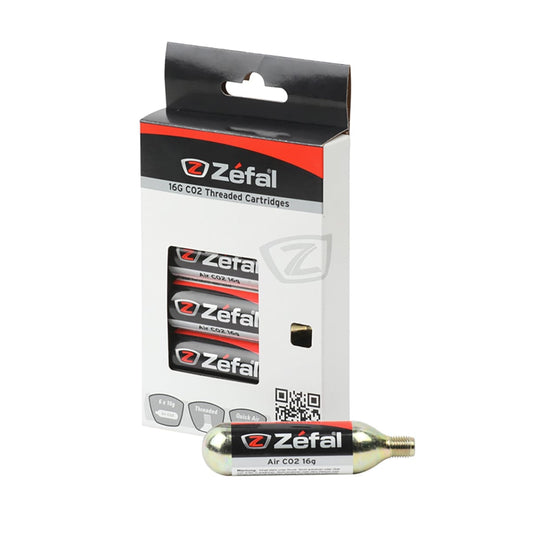
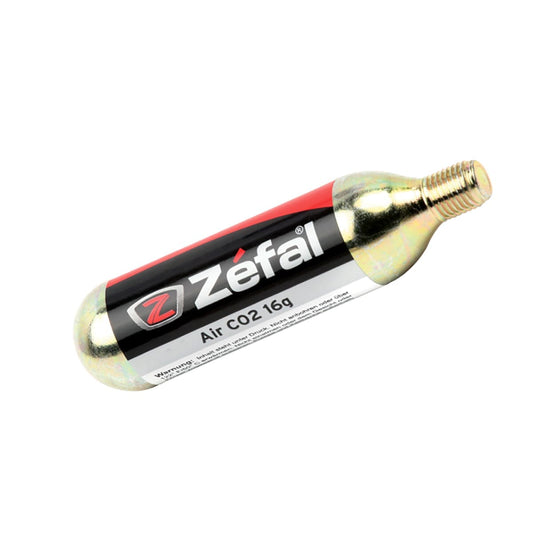
ZEFAL CO2 cartridges Threaded (x6)
Regular price 11,99 €Regular priceUnit price per -
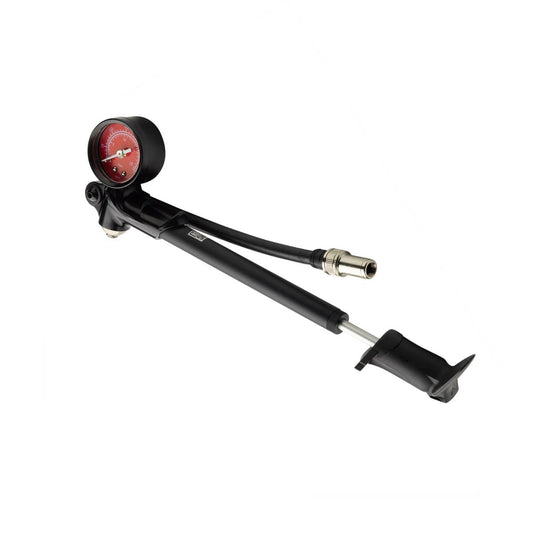
ROCKSHOX High-Pressure Suspension Pump (300 PSI Max)
Regular price 27,99 €Regular priceUnit price per -
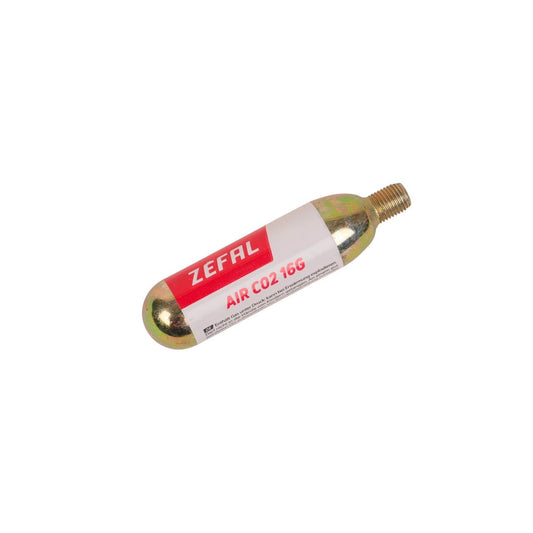
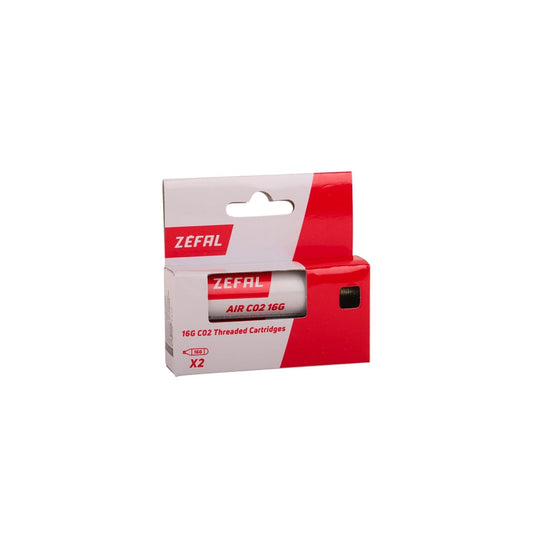
ZEFAL CO2 cartridge, threaded (x2)
Regular price From 3,99 €Regular priceUnit price per -
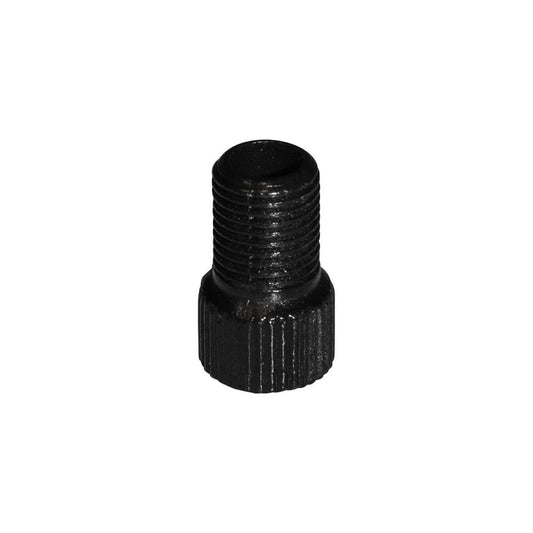
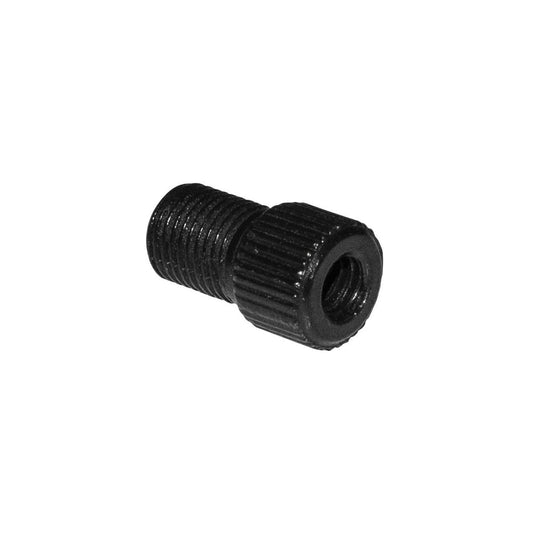
ZEFAL Schrader > Presta / Dunlop Valve Adapter
Regular price 1,00 €Regular priceUnit price per -
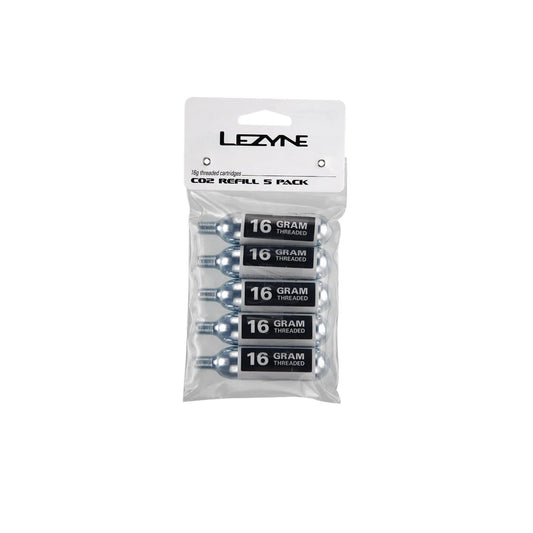
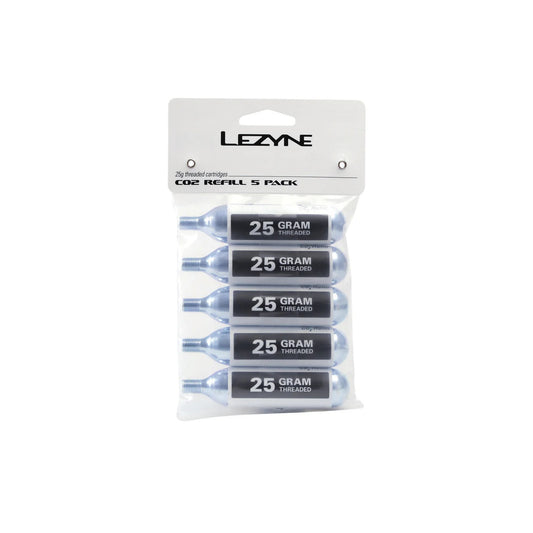
LEZYNE CO2 cartridge, threaded (x5)
Regular price From 14,99 €Regular priceUnit price per -
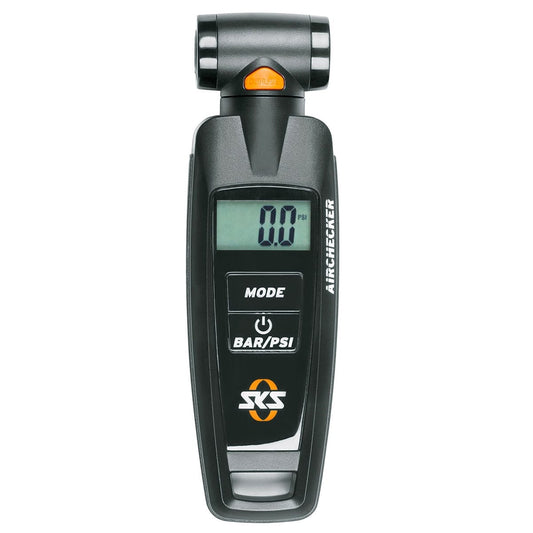
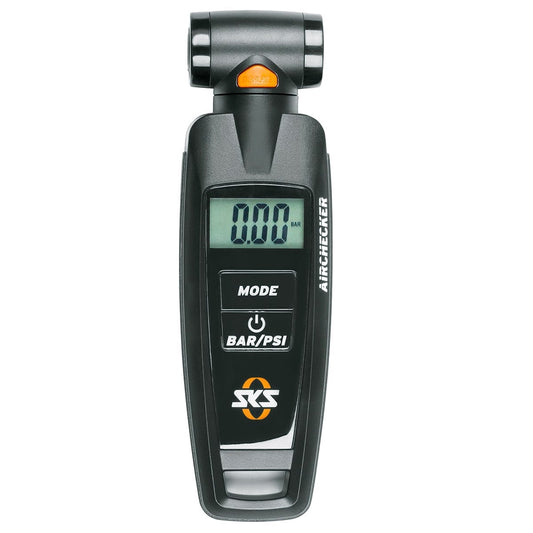
Digital pressure gauge SKS GERMANY AIRCHECKER
Regular price 22,99 €Regular priceUnit price per -
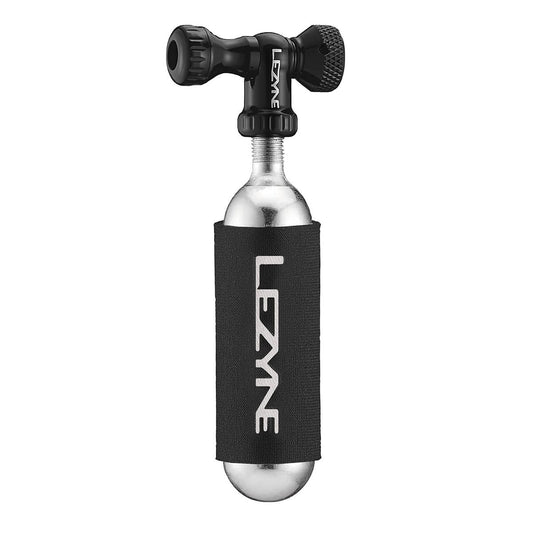
LEZYNE CONTROL DRIVE CO2 firing pin + Threaded CO2 cartridge (x1) Black
Regular price From 29,99 €Regular priceUnit price per
